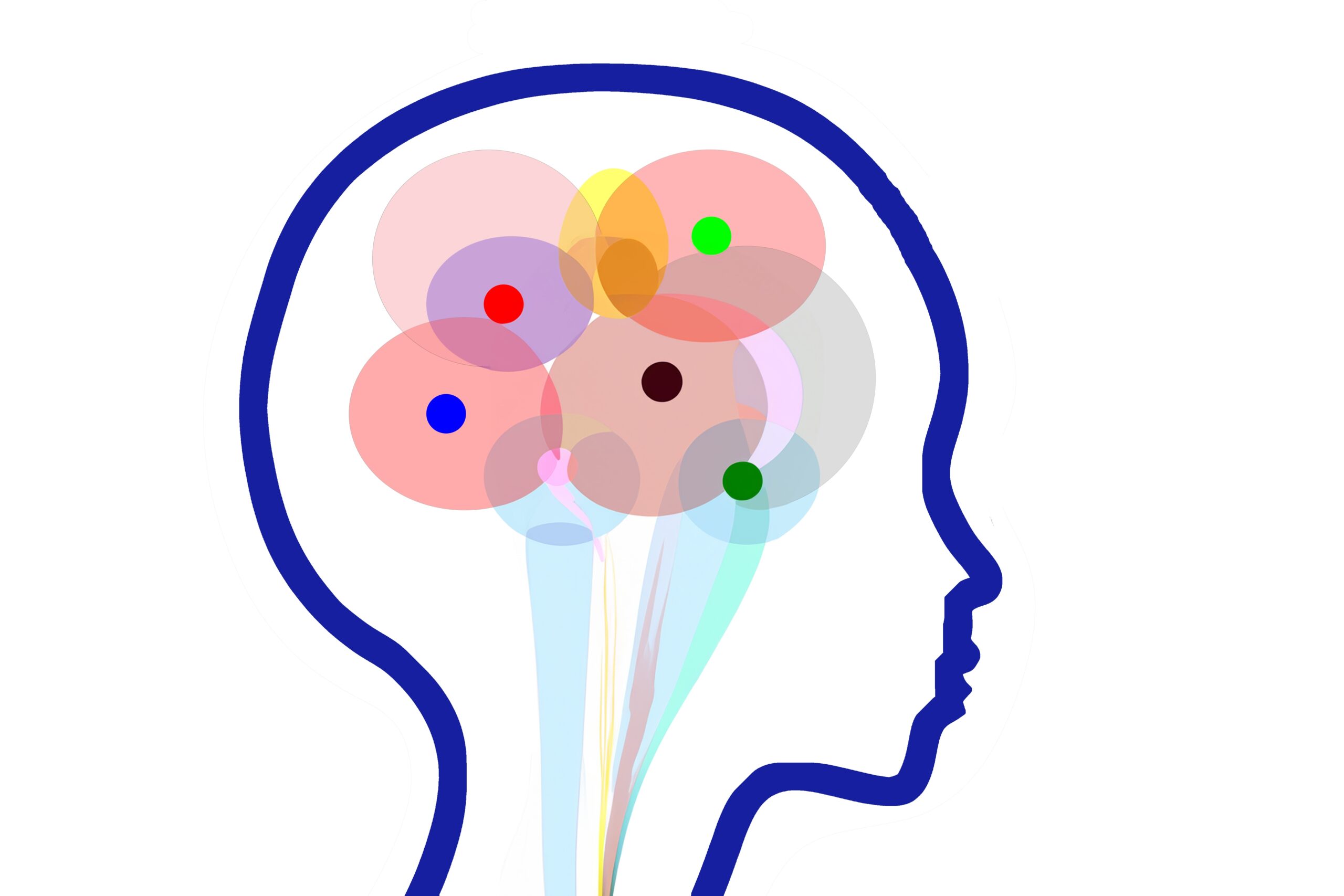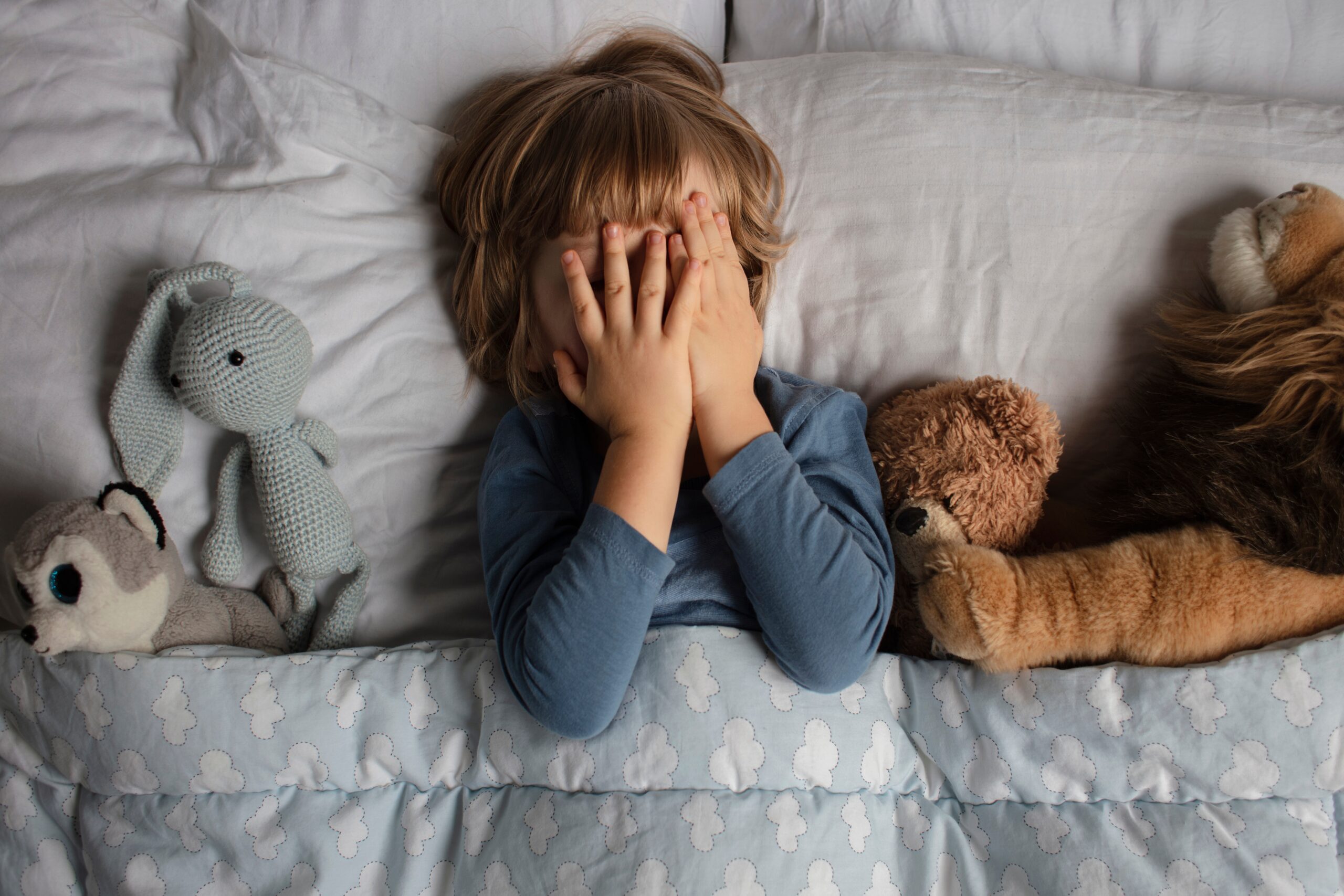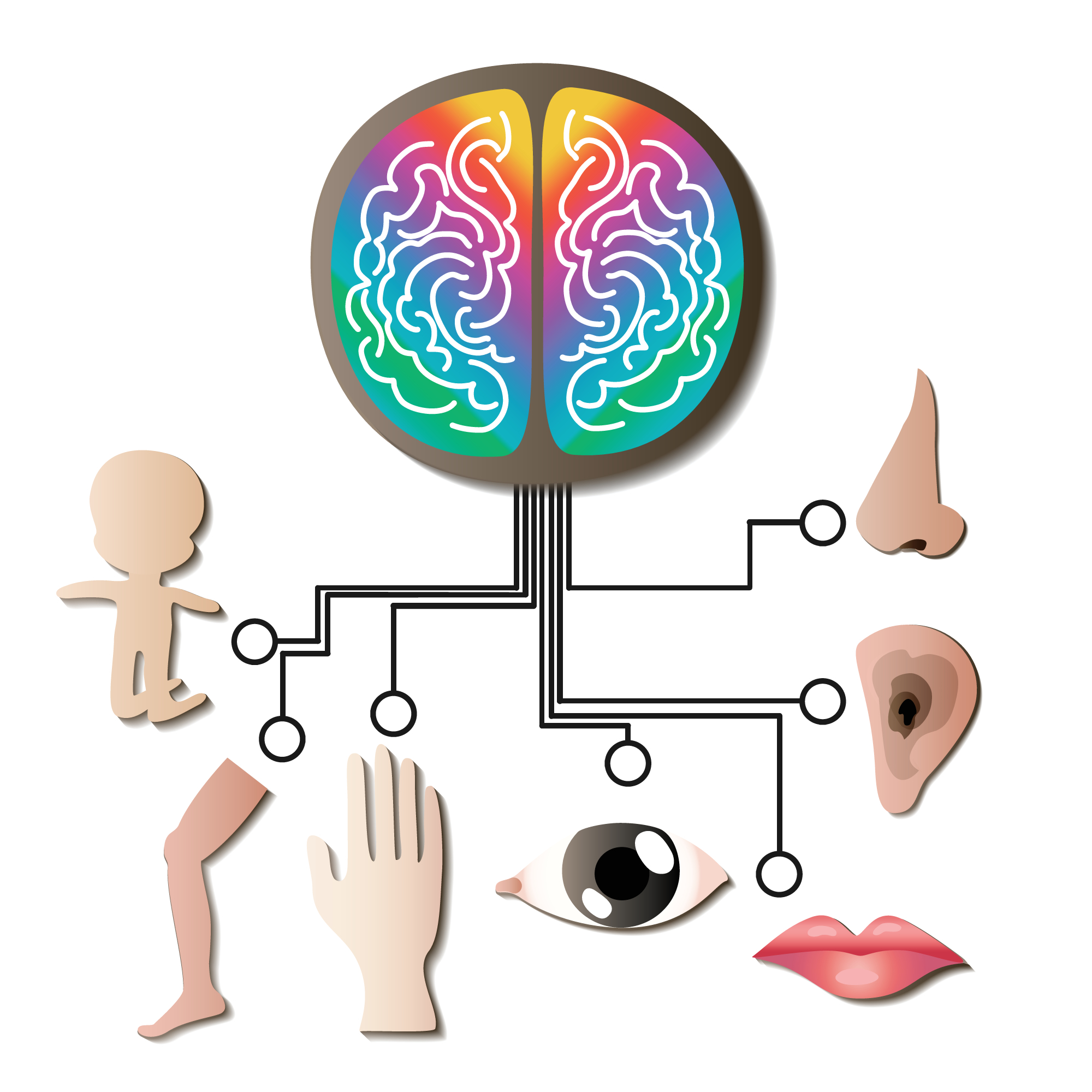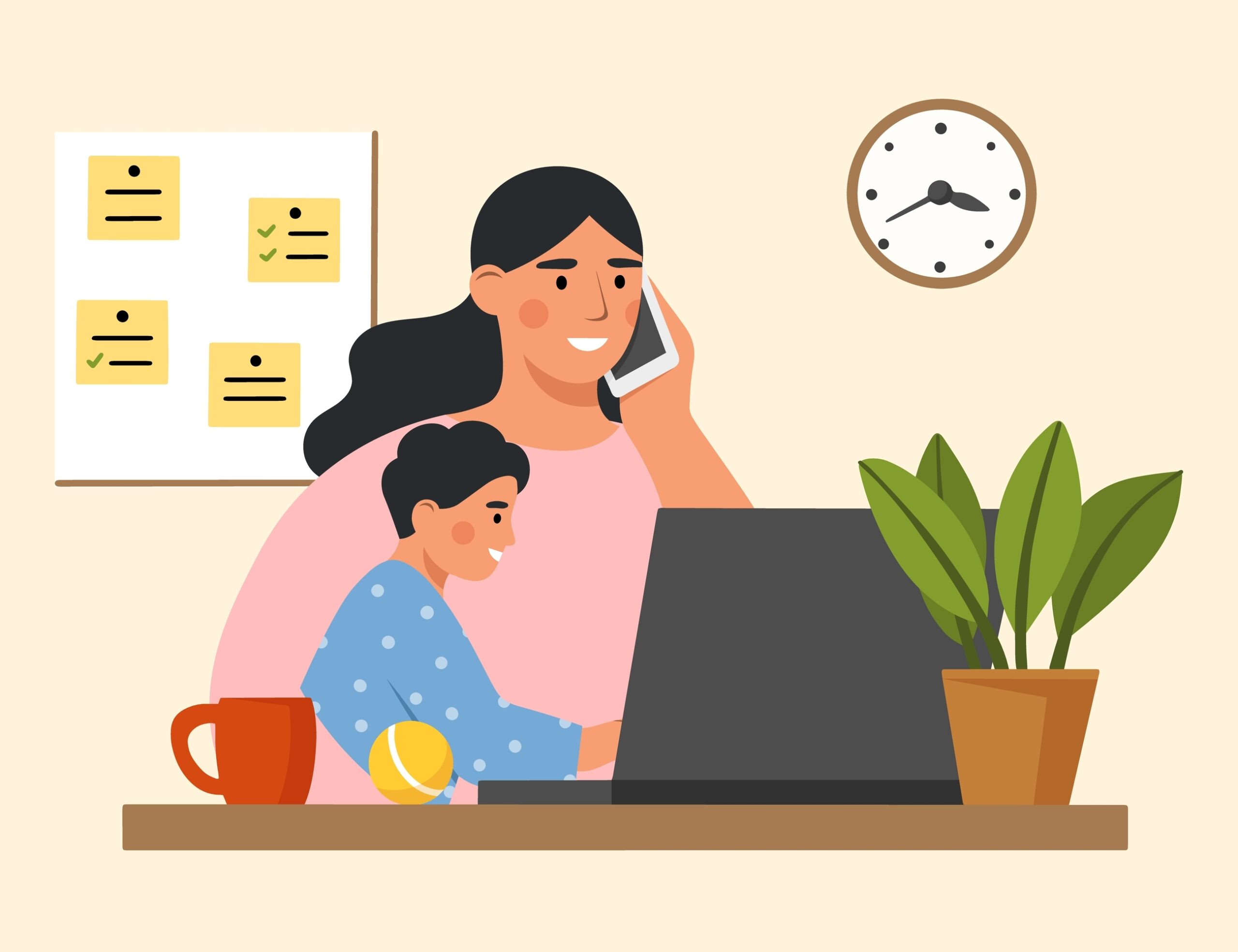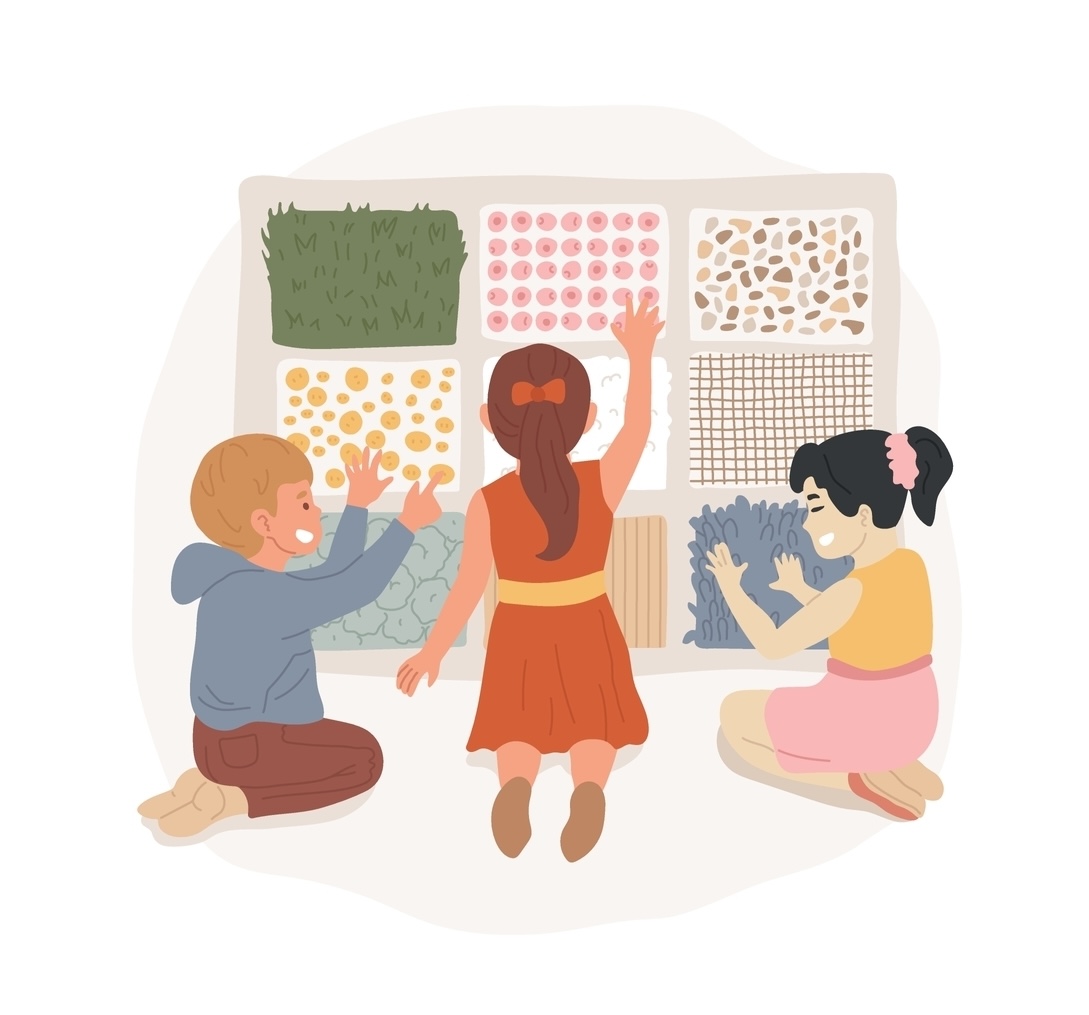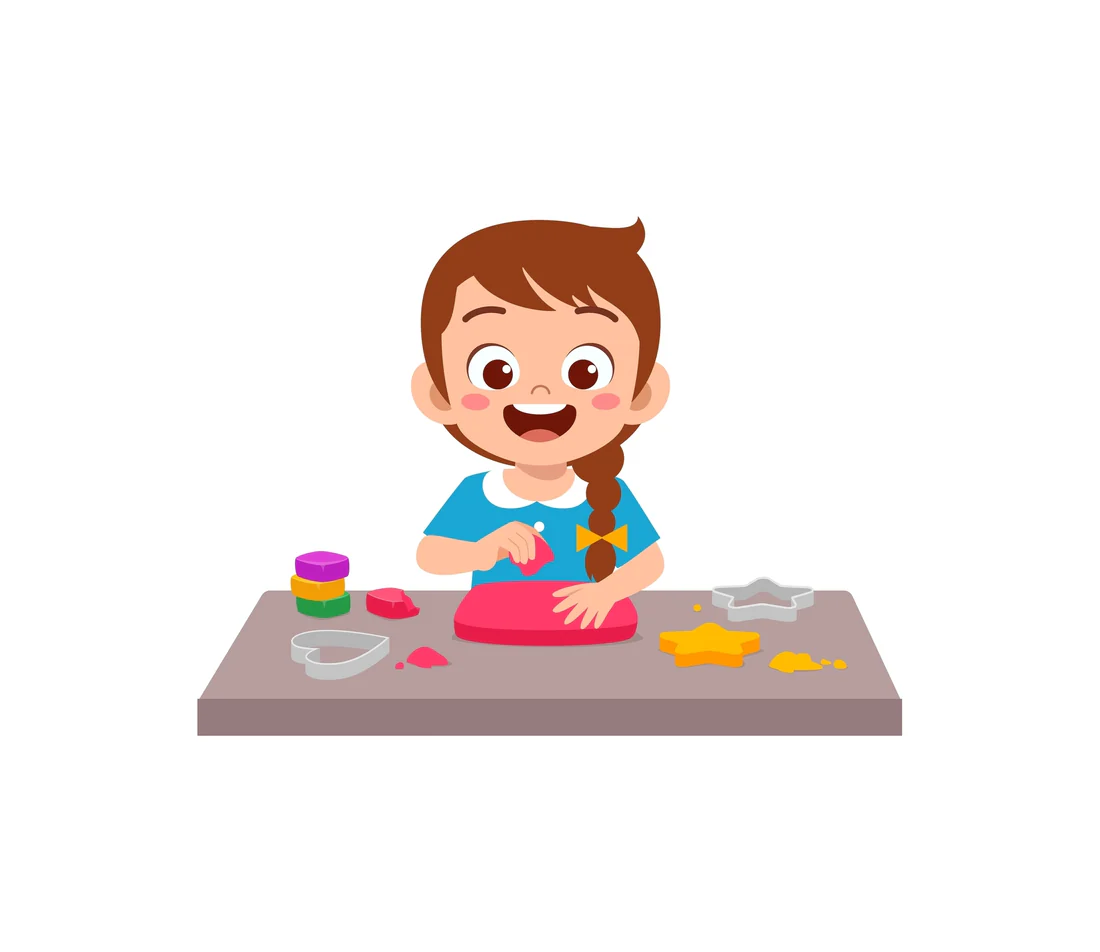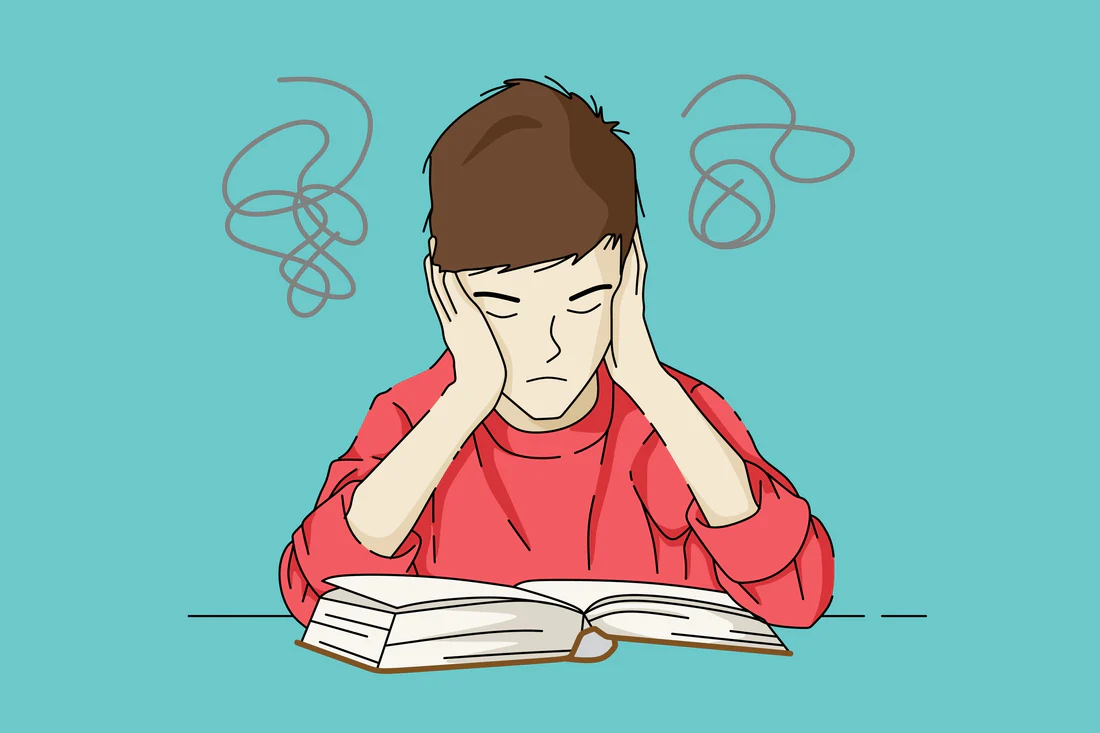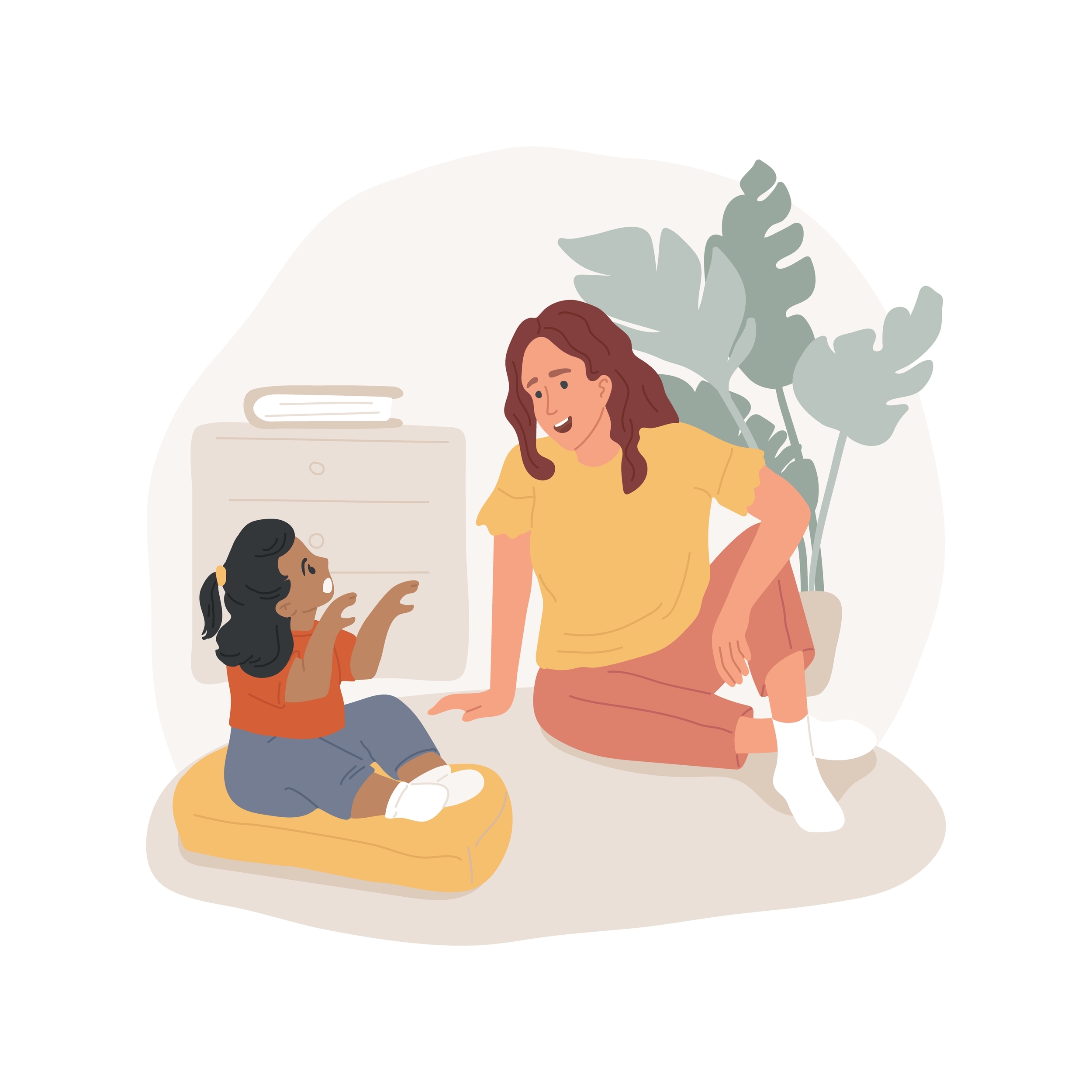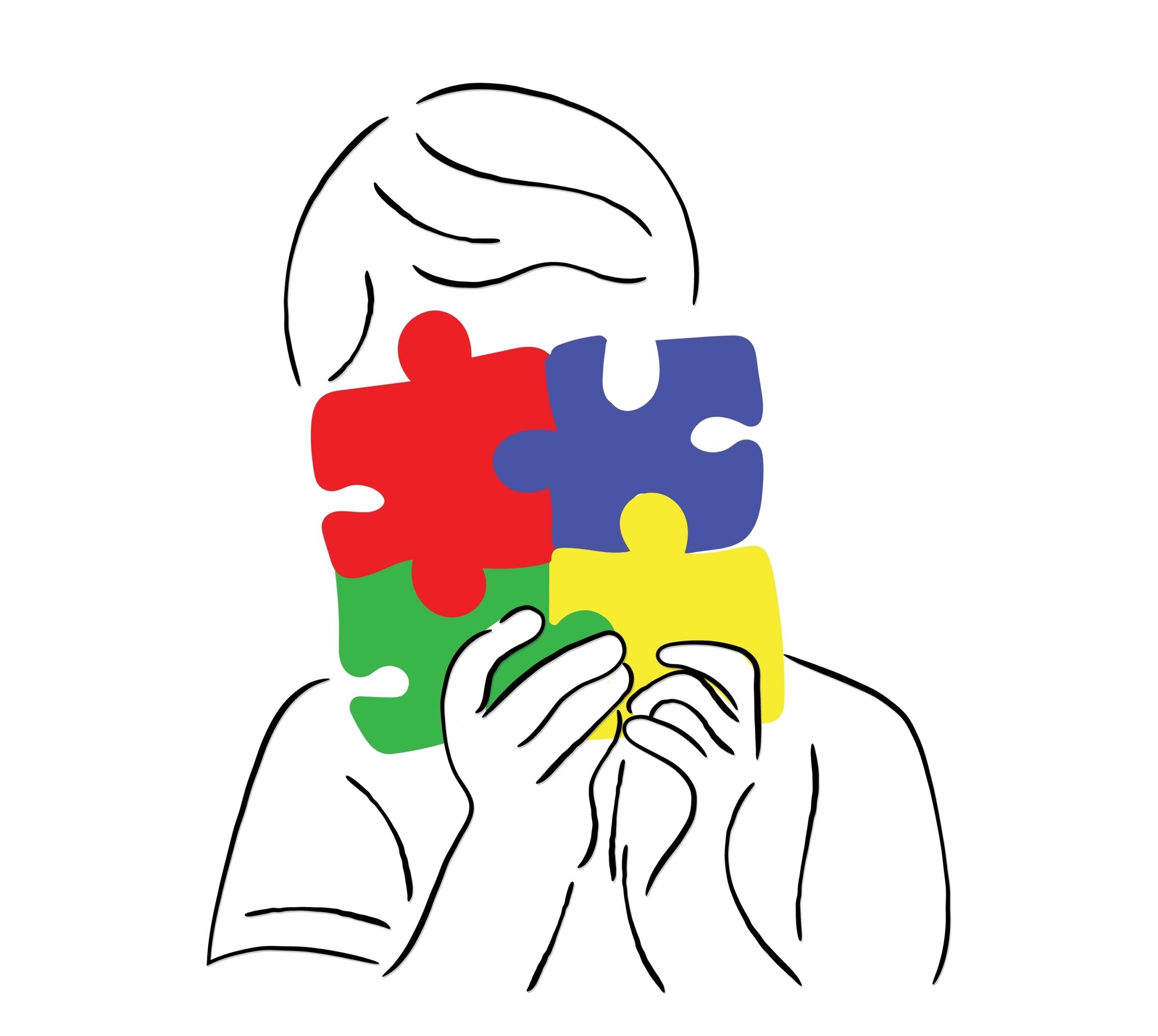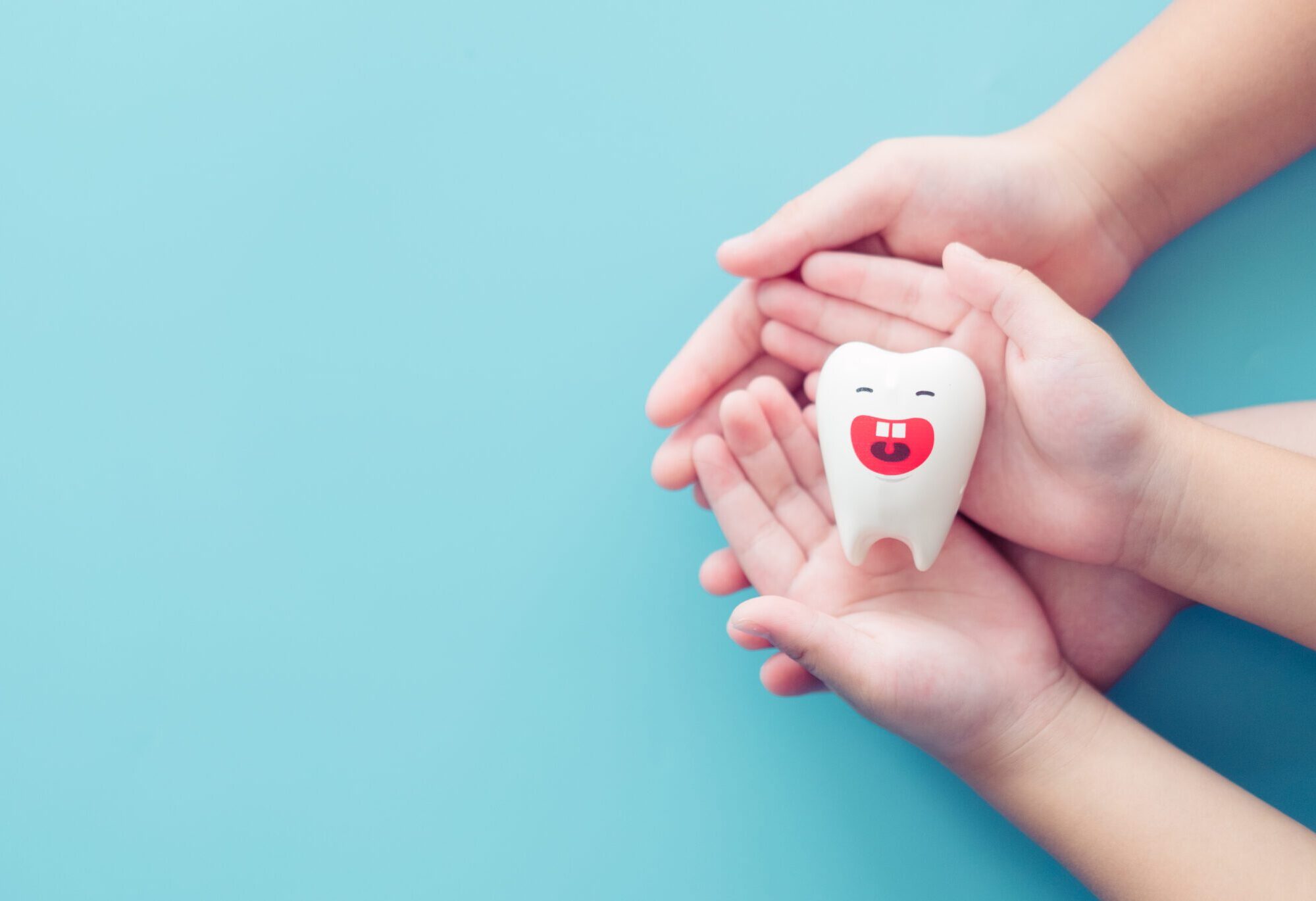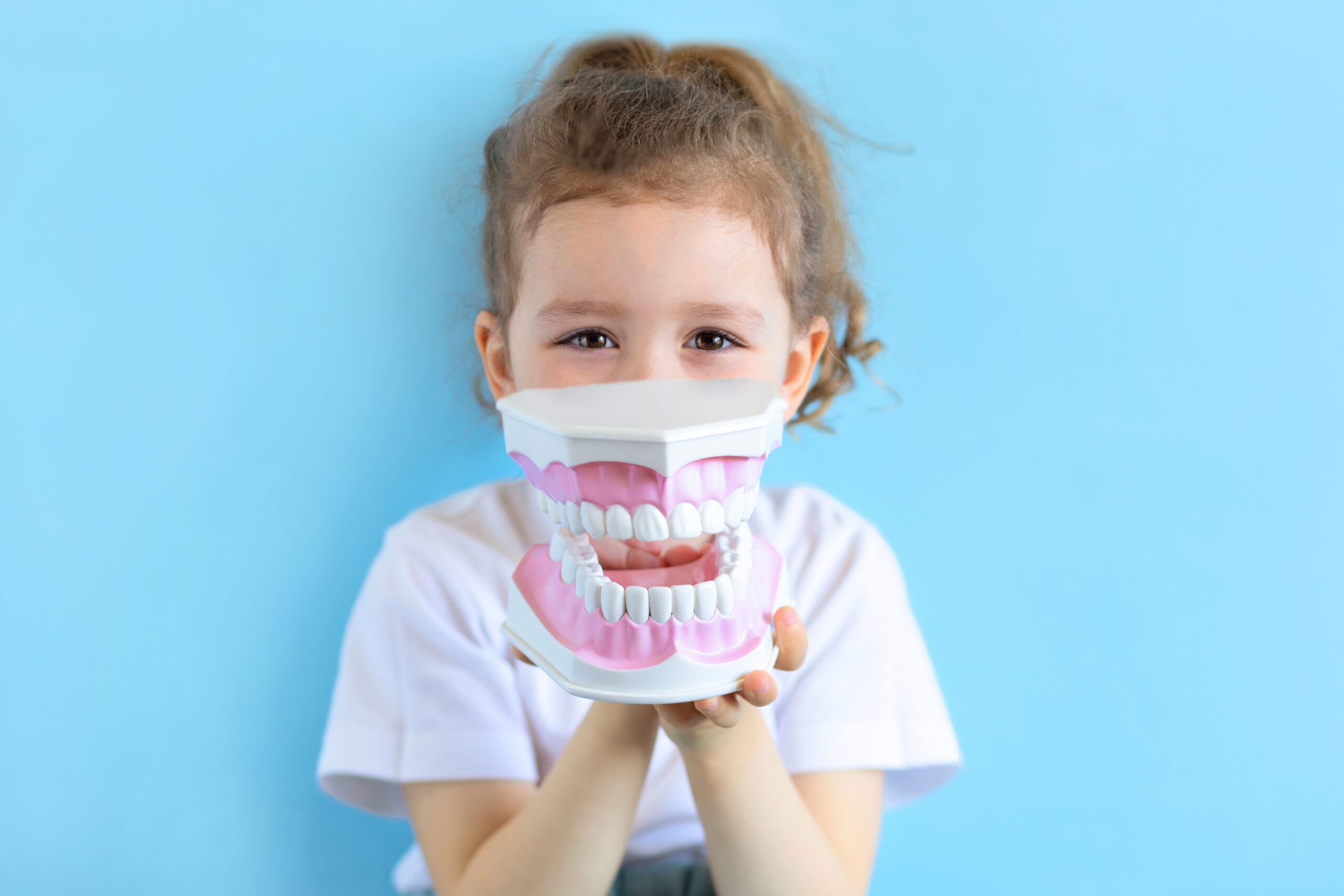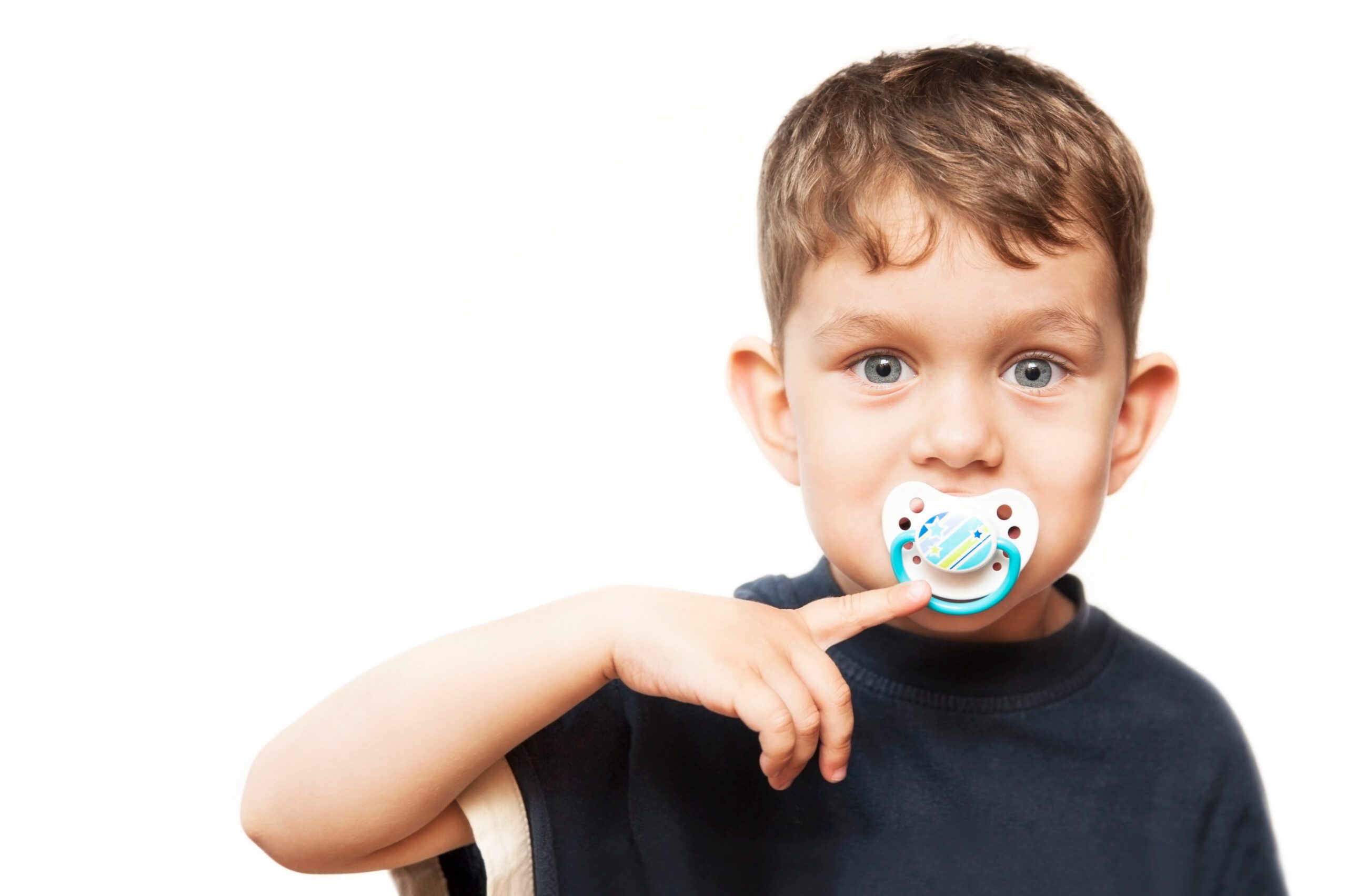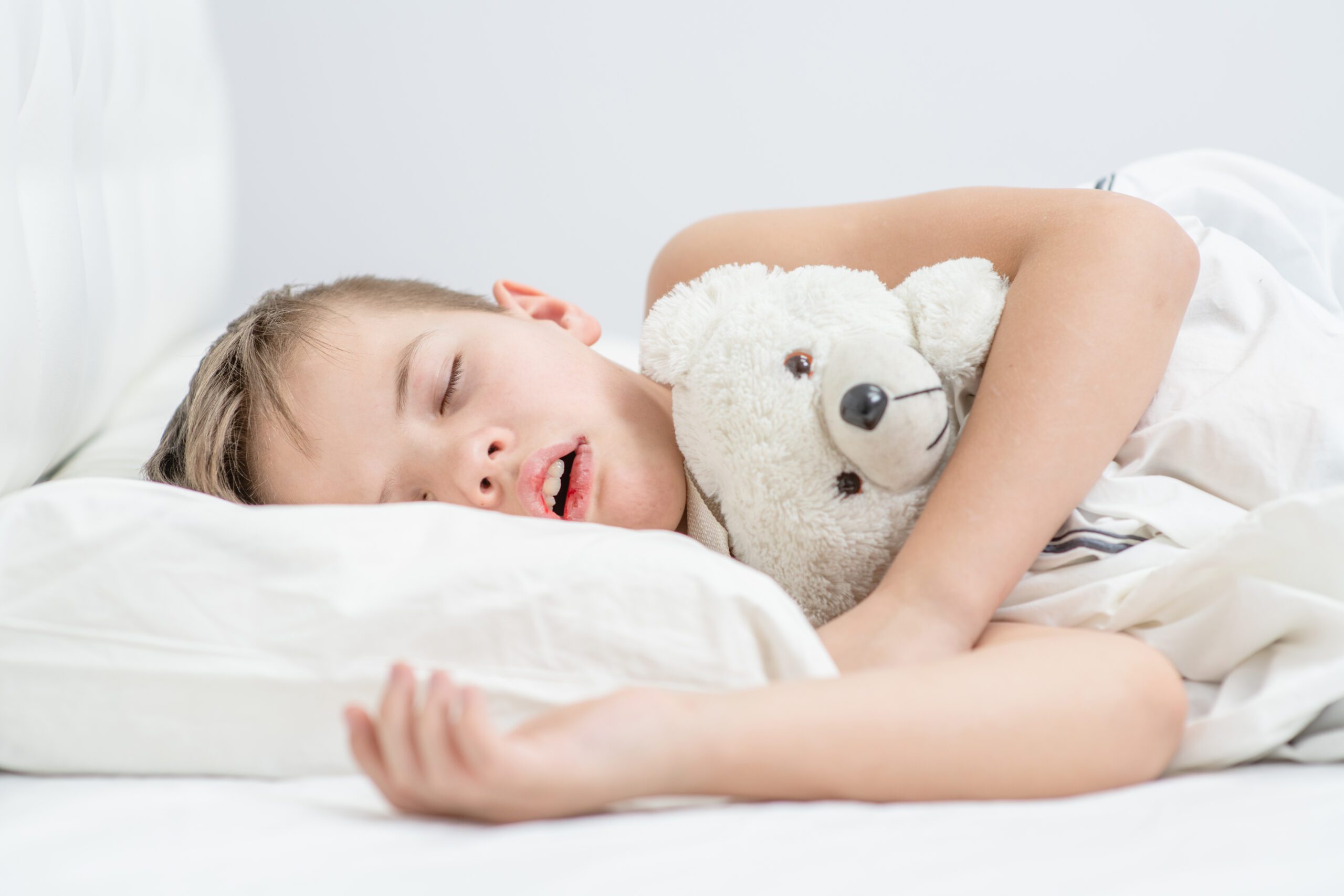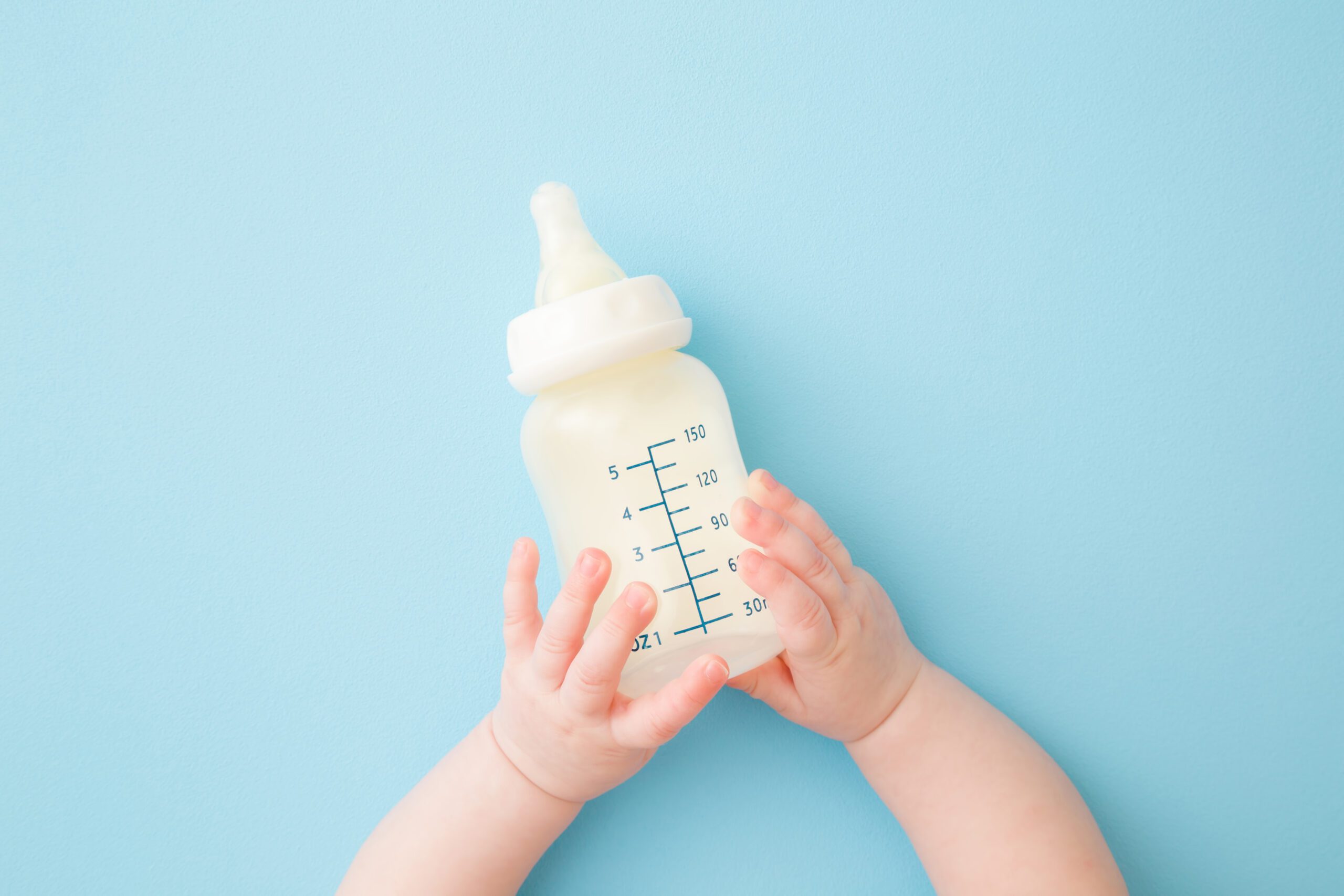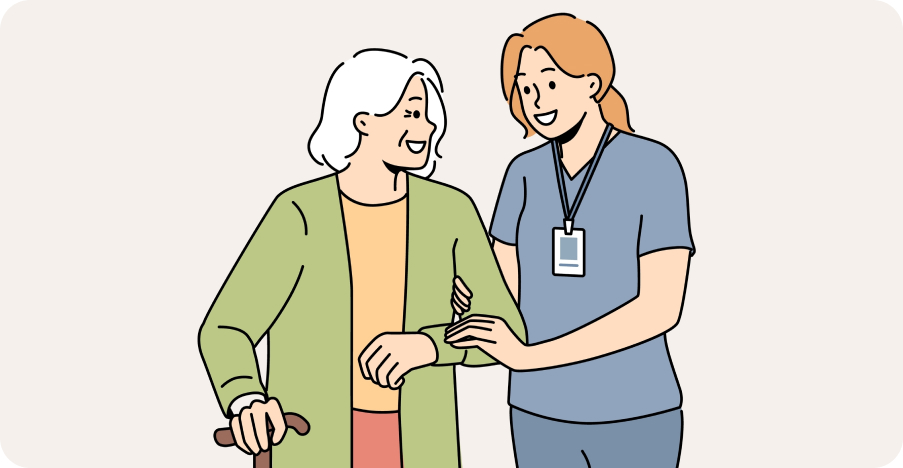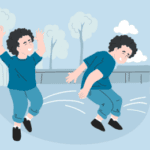
Blog
What Is Sensory Processing Disorder in Toddlers?
Author: DrSensory
August 19, 2025
What Is Sensory Processing Disorder in Toddlers?
Your toddler refuses to wear certain clothes, has huge meltdowns in noisy places, or is an extremely picky eater, limited to just a few familiar foods. You might see these as typical “terrible twos” behaviors, but sometimes, they point to something more. For some children, these intense reactions are not about defiance but about a genuine struggle to process the world around them. This is often the first sign of Sensory Processing Disorder (SPD).
Navigating the toddler years is challenging enough. When your child’s reactions seem consistently extreme and disruptive to daily life, it can be confusing and isolating. Understanding that these behaviors may stem from a neurological difference in how they experience sensory information is the first step toward helping them. SPD is a condition where the brain has trouble receiving and responding to information that comes in through the senses, turning everyday experiences into overwhelming challenges.
This guide will help you understand what Sensory Processing Disorder looks like in toddlers. We will explore the common signs and symptoms, discuss potential causes, explain how SPD can affect development, and outline the effective treatment options available to help your child feel more comfortable and confident in their world.
Signs and Symptoms of SPD in Toddlers
In toddlers, SPD can be tricky to identify because many of their behaviors overlap with typical development. The key difference is the frequency, intensity, and duration of the behaviors, and how much they interfere with daily function. SPD can manifest as over-responsiveness (hypersensitivity), under-responsiveness (hyposensitivity), or sensory seeking.
Signs of Over-Responsiveness (Hypersensitivity):
The child’s nervous system goes into high alert from sensory input that others might not notice.
- Touch: Extreme reactions to getting hands or face messy. Resists brushing teeth or hair. Distressed by seams in socks, tags on clothes, or certain fabrics. Avoids hugs or seeks them with intense pressure.
- Sound: Covers ears in response to loud or sudden noises like a vacuum cleaner, blender, or sirens. Seems distressed in noisy, crowded environments.
- Sight: Becomes easily overwhelmed in visually busy places like a grocery store. Squints or complains about normal levels of light.
- Movement (Vestibular): Fearful of playground equipment like swings or slides. Shows anxiety when their feet leave the ground or when tipped backward for a diaper change.
Signs of Under-Responsiveness (Hyposensitivity):
The child’s nervous system needs more intense input to register a sensation.
- Seems oblivious to their surroundings and may appear “in their own world.”
- Doesn’t seem to notice when their face or hands are covered in food.
- May have a high pain tolerance and not react to bumps or scrapes that would upset other children.
- Appears clumsy, with poor body awareness, and frequently bumps into objects or people.
Signs of Sensory Seeking:
The child actively craves intense sensory experiences to feel regulated.
- Is constantly in motion; loves to run, jump, spin, and crash into things.
- Seeks out deep pressure by squeezing into tight spaces or asking for tight hugs.
- Chews on non-food items like clothing, toys, or their hands.
- Loves messy play and seeks out strong flavors and smells.
A toddler with SPD can show a mix of these patterns, being over-responsive to some sensations and under-responsive or seeking others.
Causes of Sensory Processing Disorder
The exact cause of SPD is still being researched, but experts believe it stems from a combination of genetic and environmental factors. It is a neurological condition, meaning it relates to how the brain is wired. It is not caused by “bad parenting” or a child being “difficult.”
- Genetic Predisposition: SPD often runs in families. A child with a parent or sibling who has sensory challenges is more likely to have them as well.
- Prenatal and Birth Complications: Some studies suggest a link between SPD and factors like premature birth or low birth weight.
- Brain Differences: Research using brain imaging has shown that children with SPD have measurable differences in brain structure and function, particularly in the areas responsible for processing sensory information.
It’s crucial to understand that SPD is an issue with processing, not with the senses themselves. A child’s eyes and ears are working fine; the difficulty lies in how their brain interprets and organizes the incoming signals.
How SPD Affects Development
Sensory processing is the foundation upon which other skills are built. When this foundation is shaky, it can have a ripple effect on a toddler’s development.
- Motor Skills: A toddler who is fearful of movement (vestibular hypersensitivity) may avoid playgrounds, hindering the development of gross motor skills like climbing and balancing. A child with poor body awareness (proprioceptive issues) may appear clumsy and struggle with motor planning.
- Play and Social Skills: Play is a toddler’s primary way of learning. A child who is overwhelmed by the noise and touch of a playgroup may withdraw, limiting their opportunities for social interaction. They may be labeled as aggressive if they are sensory-seeking and constantly crashing into peers.
- Self-Care and Independence: Daily routines can become major battles. Getting dressed can be torture for a child sensitive to touch. Mealtime can be a struggle for a picky eater who is overwhelmed by certain textures or smells.
- Emotional Regulation: Frequent sensory overload can keep a toddler’s nervous system in a constant state of fight-or-flight. This can lead to frequent, intense meltdowns that are a physiological response to being overwhelmed, not a temper tantrum.
Treatment Options for SPD
If you suspect your toddler has SPD, the first step is to seek a professional evaluation. An occupational therapist (OT) with specialized training in sensory integration is the expert who can diagnose and treat SPD. Treatment is play-based and tailored to your child’s unique sensory profile.
The primary treatment for SPD is occupational therapy using a sensory integration (SI) approach. The therapy takes place in a “sensory gym” equipped with swings, trampolines, ball pits, and various textures. A therapy session might look like play, but the OT is skillfully guiding the child through activities that provide the specific sensory input their nervous system needs.
The goal is to help the child’s brain form stronger connections to process sensory information more effectively. This leads to more organized and appropriate responses, known as “adaptive responses.”
Another key part of treatment is the creation of a “sensory diet.” This is a personalized plan of activities for you to do with your toddler at home and in other settings. It’s not about food, but about providing a regular intake of calming and organizing sensory experiences throughout the day to keep their nervous system regulated. A sensory diet might include:
- Heavy work activities like pushing a toy box or carrying groceries.
- Deep pressure activities like big bear hugs or rolling a therapy ball over their body.
- Movement breaks with activities like jumping on a mini-trampoline.
- Tactile play in a bin filled with sand, water beads, or rice.
Early intervention is key. With the right support, toddlers with SPD can learn to manage their sensory challenges and build a strong foundation for future learning and development.

Frequently Asked Questions (FAQs)
❓Isn’t this just normal toddler behavior?
While many toddlers are picky eaters or have tantrums, in SPD the behaviors are more extreme, more frequent, and significantly disrupt the child’s and family’s ability to function. If sensory issues are consistently causing major battles over daily routines, it’s worth investigating.
❓Is Sensory Processing Disorder a form of autism?
No, SPD is not a form of autism, but the two conditions often co-occur. Most autistic individuals have significant sensory processing challenges. However, a child can have SPD without being on the autism spectrum.
❓Who can diagnose SPD in a toddler?
An occupational therapist (OT) with advanced training in sensory integration is the professional who can perform a comprehensive evaluation and provide a diagnosis of SPD.
❓Will my child outgrow SPD?
A child won’t necessarily “outgrow” their underlying neurological differences. However, with effective occupational therapy, they can develop strategies that allow them to manage their sensory needs so successfully that SPD no longer negatively impacts their daily life.
❓What can I do at home to help my toddler with sensory issues?
Start by observing what calms your child and what overwhelms them. Try to honor their needs by adapting the environment. For a sound-sensitive child, use headphones in loud places. For a sensory seeker, provide safe opportunities for movement and deep pressure, like jumping and big hugs. Consult with an OT for a personalized sensory diet.
related blogs
Your child is constantly moving, crashing into furniture, or having meltdowns in response to seemingly minor things like a loud
Your child seems to miss verbal instructions, struggles to follow conversations in noisy environments, and often asks "what?" even when
On the surface, autism and Ehlers-Danlos syndrome (EDS) might seem like two entirely unrelated conditions. One is a neurodevelopmental condition
The intense head pain begins, lights feel blindingly bright, and every sound seems amplified to an unbearable level. You retreat
You watch your child struggle with things that seem to come so easily to other kids. Maybe they have meltdowns



